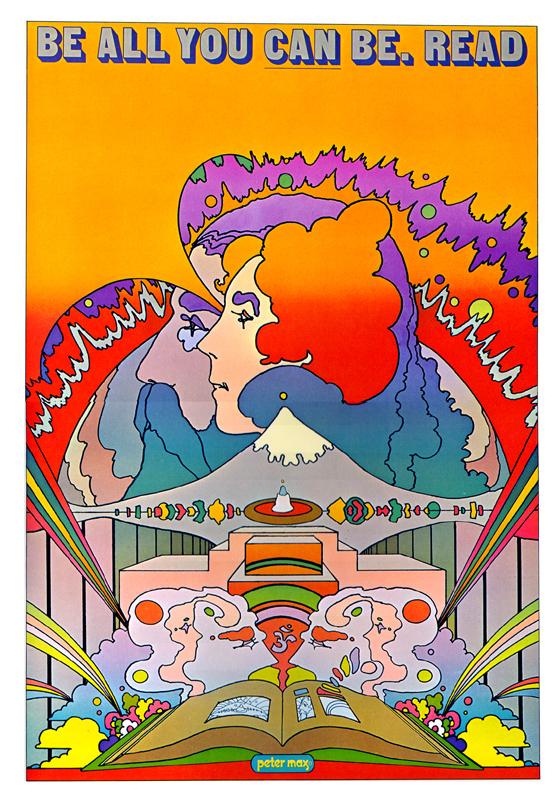A quick note: Shaye J.D. Cohen, a professor of Hebrew Literature and Philosophy at Harvard, has just released his second free course on iTunes. The first course was called The Hebrew Scriptures in Judaism & Christianity. The new one, simply titled The Hebrew Bible, “surveys the major books and ideas of the Hebrew Bible (also called the Old Testament) examining the historical context in which the texts emerged and were redacted. A major subtext of the course is the distinction between how the Bible was read by ancient interpreters (whose interpretations became the basis for many iconic literary and artistic works of Western Civilization) and how it is approached by modern bible scholarship.” The new course, featuring 25 sets of video lectures and lecture notes, has been added to our collection of Free Online Religion Courses, a subsection of our collection of 1,300 Free Online Courses. Other related courses worth exploring are Introduction to the Old Testament and Introduction to New Testament History and Literature, both from Yale.
If you would like to sign up for Open Culture’s free email newsletter, please find it here. It’s a great way to see our new posts, all bundled in one email, each day.
If you would like to support the mission of Open Culture, consider making a donation to our site. It’s hard to rely 100% on ads, and your contributions will help us continue providing the best free cultural and educational materials to learners everywhere. You can contribute through PayPal, Patreon, and Venmo (@openculture). Thanks!



